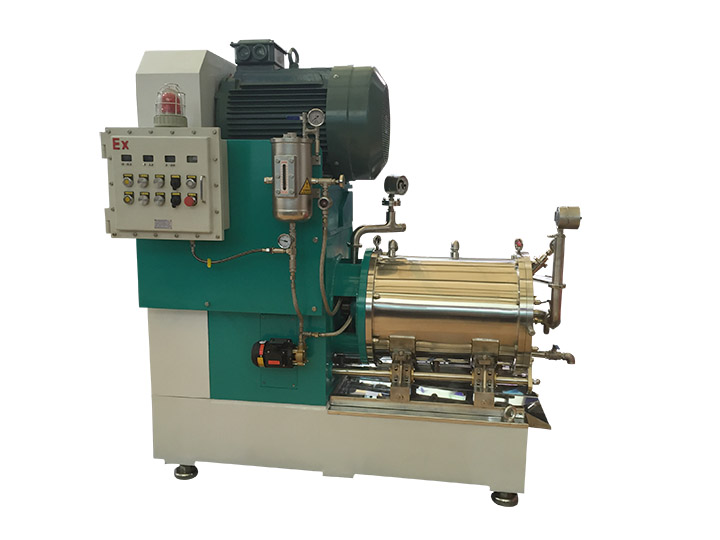Comprehensive Analysis of the Working Principle and Industrial Applications of Bead Mills: Purchase Guide and Market Price Reference
In modern industrial production, the fine processing of materials has become a crucial step in improving product quality. As an efficient crushing and dispersing device, the bead mill is playing an important role in fields such as food manufacturing, electronic component production, and new material research and development, thanks to its unique working principle and wide applicability.
Analysis of the Core Working Principle
The core structure of a bead mill consists of three parts: a cylindrical grinding chamber, a high - speed stirring device, and grinding media. When the equipment is started, the stirrer drives the spherical grinding media (usually made of zirconia or glass) in the chamber to rotate at high speed, creating a strong eddy current movement. Under the intense collision and shearing action of the grinding beads, the material slurry achieves nano - scale crushing and uniform dispersion of particles.
This mechanical energy conversion process has two significant advantages. First, by adjusting the size and rotation speed of the grinding beads, the particle size of the finished product can be precisely controlled. Second, the closed - type design effectively prevents material contamination, which is particularly suitable for the pharmaceutical and electronic industries with strict cleanliness requirements.
Diversified Industrial Application Scenarios
1. Food Processing Field
In the production of nut and plant milk, chocolate paste, and concentrated fruit and vegetable juice, the bead mill can break the cell walls and achieve emulsification and homogenization, enhancing the nutritional release and the fineness of the taste. Some high - end equipment has been applied in the development of new functional foods such as collagen peptides and probiotic microcapsules.
2. Electronic Material Preparation
The production of multilayer ceramic capacitors (MLCC) relies on bead mills to achieve ultra - fine grinding of dielectric materials, ensuring stable dielectric properties of electronic components. In the photovoltaic industry, the equipment is also used for the nano - scale dispersion treatment of silicon - based materials and conductive silver paste.
3. New Material Research and Development
The preparation of cutting - edge materials such as graphene dispersion liquid, quantum dot materials, and ceramic glazes requires bead mills to break through the precision bottleneck of traditional crushing technologies. Its high - efficiency characteristics significantly shorten the conversion cycle from laboratory results to industrial production.
